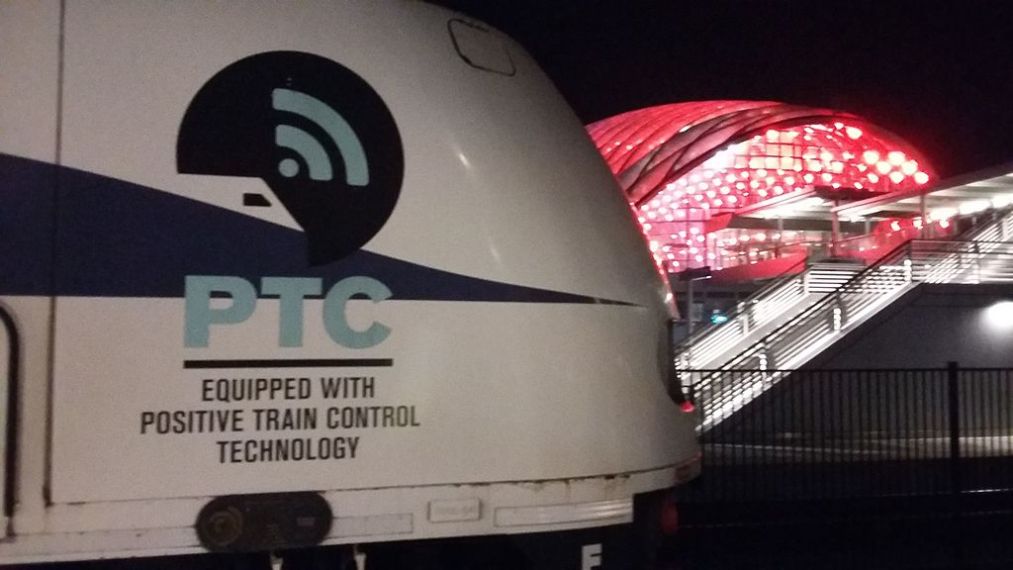
In February 2022, Transport Canada published a Notice of Intent describing how it intended to implement enhanced train control (ETC) in Canada by 2030. ETC is also known as positive train control (PTC) in the USA. Currently, reliance for train safety in Canada is placed solely on the train crew. There is no regulatory requirement for technologies to be installed to protect against operation above the permitted speed or to ensure that a wayside signal is followed.
ETC technologies are used to improve safety and can also increase track capacity by moving people and freight faster through high volume corridors. The basic Canadian approach will likely have railway companies tailor investment according to the level of safety risk posed by individual railway corridors:
Canada’s rail network is an “open network” meaning trains owned by one company can operate on its corridors and, with prior agreement, in corridors owned and maintained by other railways. Canadian companies operating in the USA have had to comply with its congressional mandate to implement PTC by end 2020. Any Canadian ETC technology will have to preserve interoperability among Canadian operators and compatibility with PTC. It will also need to be compatible with ETC systems being installed by Canadian passenger railways like GO Transit and VIA Rail on their corridors. For example, European Train Control System (ETCS) Level 2 is the system promised for GO Expansion.
Transport Canada has just completed stakeholder consultation on the ETC plan. Comments were supportive and raised the expected themes of interoperability, risk-based assessment and technology. Some respondents pointed to the ETCS as a proven system that could likely meet the federal goals.
Transport Action is supportive of the federal ETC approach, but urge a shorter time line than 2030. After all, this issue has been a priority of the Transportation Safety Board since the VIA Rail derailment in Burlington, ON in 2012. The use of open standards like ETCS is welcome but CN and CP already have iETMS systems for PTC operations in the USA, so interoperability becomes more complex.